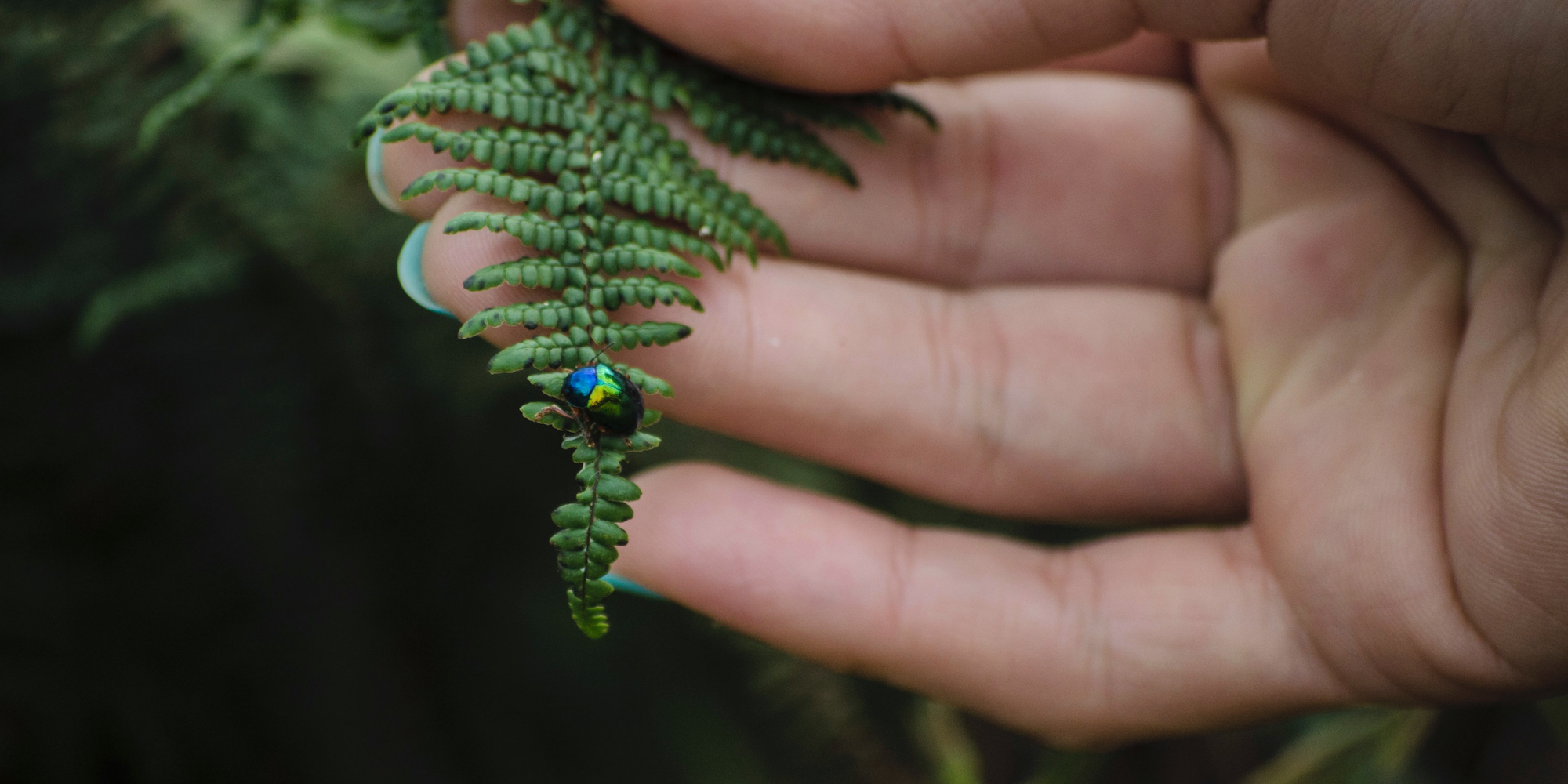We continue with our blog series in which we review the special issue of Current Opinion in Psychology capturing the science of mindfulness. In the esteemed journal’s chapter on clinical applications and outcomes, leading mindfulness researchers look at innovations in measuring mindfulness and educating instructors and ask, where do we go from here?
Learn about the background of this immense collaboration to present where the science of mindfulness is at. We also recommend to read Part 2, Part 3 and Part 4 of the blog series.
Find the bibliography at the end of this article.
Measurement Innovations In Mindfulness Science
The journal’s chapter on Measurement Innovations begins with a paper by Ruth Baer. Like many other authors, Baer reminds us that mindfulness research is often associated with self-report studies. She is less critical than some and recommends that future studies be paired with objective means of measurement.
An objective means of measurement is exactly what Claire Petitmengin, Martijn van Beek, Michel Bitbol, Jean-Michel Nissou and Andreas Roepstorff are looking at in their research. Petitmengin and her colleagues look at a pilot methodology that uses micro-phenomenological interview methods to provide descriptions of what it’s like to meditate.
While numerous studies are conducted on the outcome of meditation, very few are researching the experience of meditation. Recently developed micro-phenomenological interview methods have made it possible to describe the experience of meditation with rigor and precision.
The pilot study referred to here interviewed meditation practitioners, each of whom were prompted to describe the process of an arising thought. The insight provided has applications for future research and could be used to improve the therapeutic effect of meditation.
Yuval Hadash and issue editor Amit Bernstein also acknowledge the limits of self-report studies and propose a framework for a psychometrically sound measurement of mindfulness. The duo proposes a four-domain framework for measurement that includes (I) objects of mindful awareness, (II) time-course of mindful awareness, (III) sensitivity of mindful awareness, and (IV) attitudes toward present moment experience.
The authors hope their framework will help
“guide implementation of behavioral measures of mindfulness processes in future studies, inform further empirical validation and testing of existing measures, and encourage and guide the development of new behavioral methods and measures of mindfulness processes.”
As the above papers grapple with how to best measure mindfulness with contemporary science, one author offers a warning about the limitations of study and research versus personally lived experience.
Paul Grossman’s paper is in part a critique of mindfulness as an object of scientific study. Grossman laments that many of the scientists who study the multifaceted and complex construct of mindfulness have not themselves cultivated the introspective awareness that comes from the lived experience of a personal meditation practice. To answer several questions about how mindfulness changes when we scientifically measure, poke and prod it, Grossman refers to Latour’s conceptual model of how natural phenomena become established scientific entities or facts:
“it is human beings, within a particular biographical, historical and cultural context (i.e. with their own subjectivities) who consensually set criteria for empirical evidence, choose the parameters to be studied, and decide whether or not to support investigation.”
Grossman’s article presents food for thought as mindfulness becomes what he calls ‘Big Business’ thanks to ‘Big Science.’
MBI Instructor Training And Assessment
How to best measure mindfulness continues as an underlying theme in the journal’s chapter on instructor training and assessment. Here, researchers ask questions about how we are assessing outcome and the effectiveness of Mindfulness-Based Interventions, or MBIs.
In her paper, Rebecca S. Crane asks researchers to include systems for assessing and reporting the integrity of the intervention and specifically the variable of the teacher/teaching when studying MBIs:
“the critical variable of the quality of the teaching and the degree of adherence to the curriculum are likely to influence research outcomes and their interpretation.”
In a second paper, Crane and Willem Kuyken then go on to offer a model of measurement for assessing such integrity. The pair presents the MBI:TAC tool for supporting good practice in mindfulness-based teaching, training supervision and research contexts. The tool has already been used in teacher training organizations worldwide and this paper reviews some early reports on the tool and studies on its effectiveness. More innovation and future research are needed to asses the MBI:TAC tool’s effectiveness in differing contexts.
Saki F Santorelli is the founder of the UMass Medical School’s Oasis Institute, a leader in MBSR Teacher Education & Certification. His paper is a first-person account of the emergence of the intention, educational trajectory, pedagogy, and infrastructure of the Oasis Institute itself.
Santorelli poetically describes the difference between “acquired” and “already completed” intelligence as an introduction to a personal history of the Oasis Institute from 1979 through the present day. He refers to the story of Noah’s “huge, foolish project” saying:
“I liken the development of Oasis Institute and its mission to the crafting of one sturdy rib into the hull of seaworthy vessel — a vessel capable of respecting and joining the contemplative traditions of the east with our own western contemplative, scientific and philosophical richness. If Oasis fulfills this one-rib-mission, this will be enough. Other organizations have and will continue to add their ‘ribs.’ Then, motivated by love and working in harmony, together we will co-create the real ark — a beautiful, dependable vessel for myriad beings’ intent on rising above the current flood of delusion inundating the planet by awakening to their deepest and most luminous inheritance.”
So where do we go from here? And who will build the next rib of the ship? Santorelli continues with another paper about future MBSR teacher education. After providing a brief overview of the current field of MBSR, Santorelli details nine domains of MBSR teacher education to consider as we move forward:
- That teaching MBSR is subversive and will always be political by nature, locating power and authority in the hands of human beings rather than institutions.
- We must continue to make MBSR inclusive for all regardless of race, ethnicity, age, gender, religious faith and sexual orientation.
- Networking via payment-free cooperative networks is important and builds relationships between colleagues.
- The vitality of the inner life and the realm of the heart is tantamount to good teaching. We must practice what we preach.
- Balancing the non-instrumental and instrumental encourages teachers to remember the difference between education and training.
- MBSR schools of education should value depth rather than speed to uphold the integrity of the teachings.
- Teachers and student teachers need a lot of mentoring, and they need more of it at every stage.
- Dismantling education curriculum as needed is vital. Patterns become problematic over time, so keep things fresh.
- The completion of formal study heralds the beginning of the real work of being an MBSR teacher, thus lifelong learning is encouraged.







